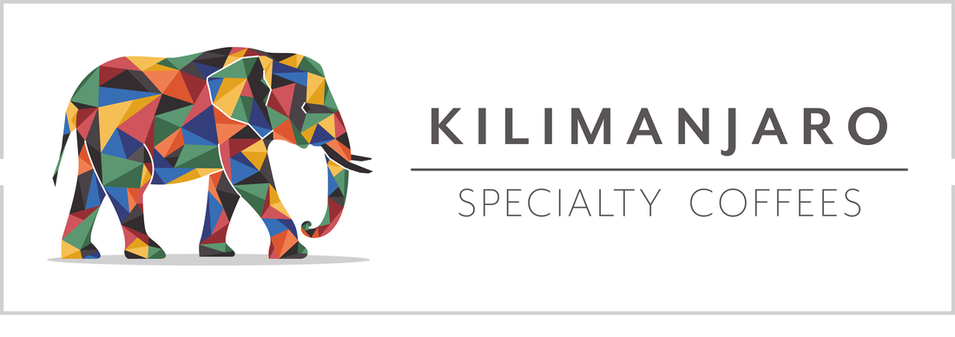With this article, we begin a new series of educational content, this time focusing on one of the biggest and probably most controversial topic in the coffee industry: PRICE.
All of us who work here know that our industry is in an unprecedented crisis in various fields; Ethical, Environmental, Genetics and Socioeconomic. We know that the prices we pay to coffee growers (with only few exceptions) is well below their production costs. And when we pay excellent prices for quality, for example in Kenya; we know that most of this revenue does not reach farmers, because there are so many hands, so much corruption and so much bureaucracy in the industry, that most of the benefit is lost in the darkness of a network of connections that we do not fully understand.


 RSS Feed
RSS Feed